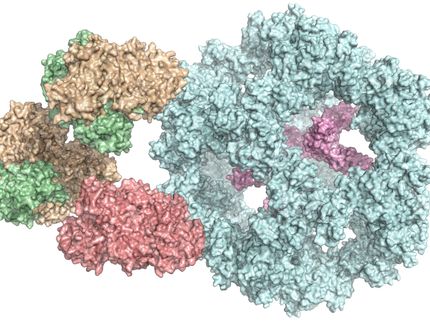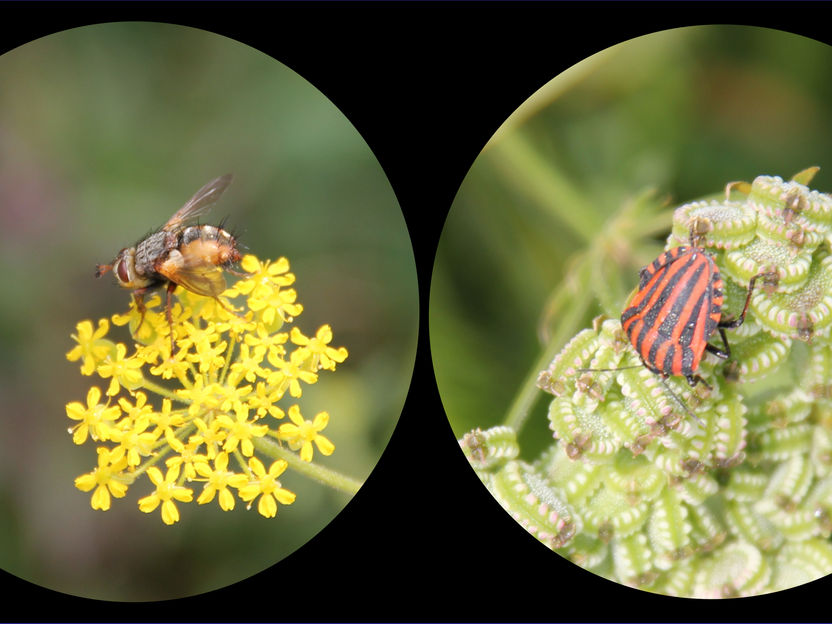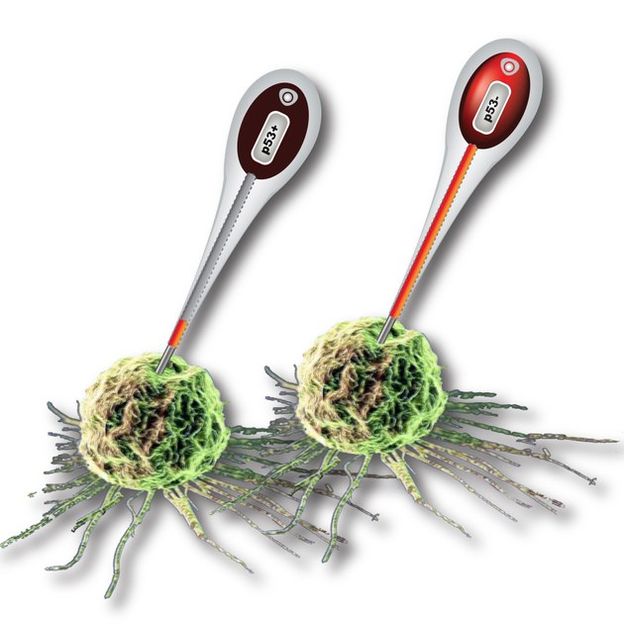Metobolomics uncovers key indicators of nonalcoholic fatty liver disease
Impaired oxidation in liver associated with progression to NASH
A recent metobolomics study by researchers from Virginia Commonwealth University Medical Center in Richmond found that impaired peroxisomal Oxidation of polyunsaturated fatty acids (PUFA) is associated with the progression of nonalcoholic fatty liver (NAFL) to nonalcoholic steatohepatitis (NASH). The study also found significantly higher plasma monounsaturated fatty acids in the blood of patients with NAFL and NASH. Full findings appear in hepatology.
Study participants included 50 in a lean normal control, 25 subjects with NAFL and 50 patients with NASH. Researchers classified the NAFL group by a diagnosis of fatty liver with the presence of accumulated liver fat of at least grade 1 severity according to the NASH Clinical Research Network criteria. The NASH group included those with at least a grade 1 severity in accumulated liver fat, inflammation and cytologic ballooning of at least grade 1 severity in each. The nonalcoholic nature of the disease was established by clinical assessment that the alcohol consumption was less than 20 gm/day for women and 30 gm/day for men. Lean normal controls were identified by a body mass index between 18-25 kg/m2, absence of symptoms or signs of disease, normal liver enzymes and hepatic sonogram.
The research team, headed by Arun Sanyal, M.B.B.S., M.D., used mass spectrometry to analyze blood lipids and metabolites of the NAFL and NASH subjects comparing them with the control group. Data revealed that the development of NAFL is accompanied by increased lipogenesis, &#Delta 9 desaturase and LOX activity. "Our study provides the most comprehensive picture of lipid metabolism in NAFLD to date," said Dr. Sanyal.
Results indicate that when the condition of the liver progresses to NASH the lipogenic activity levels off or declines modestly while the LOX activity increases. Simultaneously, there is impaired peroxisomal PUFA metabolism and increase in levels of products of non-enzymatic oxidation of arachidonic acid. "Further study of the role specific metabolic pathways play in the establishment and progression of NASH are needed," concluded Dr. Sanyal. "Our findings serve as a basis for future research of NAFLD."
Original publication: Puneet Puri, Michelle M. Wiest, Onpan Cheung, Faridoddin Mirshahi, Carol Sargeant, Hae-Ki Min, Melissa J. Contos, Richard K.Sterling, Michael Fuchs, Huiping Zhou, Steven M. Watkins, and Arun J. Sanyal; "The Plasma Lipidomic Signature of Nonalcoholic Steatohepatitis"; Hepatology 2009.
Other news from the department science
Most read news
More news from our other portals
See the theme worlds for related content
Topic World Mass Spectrometry
Mass spectrometry enables us to detect and identify molecules and reveal their structure. Whether in chemistry, biochemistry or forensics - mass spectrometry opens up unexpected insights into the composition of our world. Immerse yourself in the fascinating world of mass spectrometry!

Topic World Mass Spectrometry
Mass spectrometry enables us to detect and identify molecules and reveal their structure. Whether in chemistry, biochemistry or forensics - mass spectrometry opens up unexpected insights into the composition of our world. Immerse yourself in the fascinating world of mass spectrometry!






















































